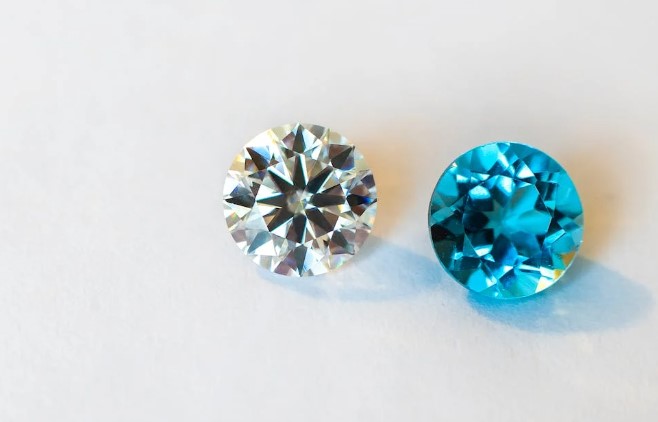An Expert Guide to a Gem Minning Vacation
Experienced gem collectors and hunters know how thrilling and fun it can be to chase different gems all around the globe. I’m here to share the tips and tricks I’ve picked up over the decades to help you plan the ultimate gem mining vacation. Get ready to embark on an unforgettable (and rewarding) adventure!
It can be overwhelming at first when you’re planning to decide where to go and how to do it. Fortunately, it’s a lot easier than you think. There are a few key things you can do that will help you avoid 90% of the problems that would ever come up.

Picking the right gem mining location for you
Picking the right location for a gem mining vacation is what will make our break your trip and it involves several factors. Here’s a step-by-step guide to help you make the best choice:
Identify your interests
Determine which types of gems you’re most interested in finding. This could be anything from quartz, agate, and amethyst to more valuable gems like rubies, sapphires, and emeralds. Your preferences will help guide your choice of destination. The GIA Encyclopedia is a great source of information on gems and their locations.
Every location will have a different variety of gems available and some might not have any so you need to narrow down what you want to find.
Rockhounds, or amateur geologists and mineral enthusiasts, typically mine for a variety of popular gems depending on their interests and the locations they visit. Some of the most popular gems that rockhounds travel to mine include:
Quartz: One of the most common minerals found worldwide, quartz comes in many varieties, including clear quartz, amethyst (purple), citrine (yellow), smoky quartz (brown), and rose quartz (pink).
Agate: A form of chalcedony, agate is a banded gemstone with beautiful patterns and colors. It is often used for making jewelry and decorative objects.
Jasper: Another variety of chalcedony, jasper is an opaque, microcrystalline quartz that comes in a wide range of colors and patterns.
Garnet: This group of silicate minerals is known for its deep red color but can also be found in other hues, such as green, yellow, and orange.
Tourmaline: A complex boron silicate mineral, tourmaline comes in various colors, including black, green, pink, blue, and even multicolored crystals.
Feldspar: This abundant mineral group includes gems such as moonstone, amazonite, and sunstone, which are popular for their unique optical properties and colors.
Topaz: Often found in shades of yellow, blue, and brown, topaz is a popular gemstone for jewelry-making and mineral collecting.
Aquamarine: A variety of beryl, aquamarine is a beautiful blue-green gemstone that is highly sought after by rockhounds.
Peridot: This green gemstone, also known as olivine, is popular for its vibrant color and is often found in volcanic rocks or meteorites.
Calcite: A common mineral found in various forms and colors, calcite is often collected for its interesting crystal shapes and fluorescence under UV light.
These are just a few examples of the popular gems that rockhounds mine. The specific gems one might find will depend on the geological formations and locations visited.
Research gem locations
Investigate the regions and countries that are known for producing the gems you’re interested in. Some well-known gem locations include the United States (North Carolina, Arkansas, and Montana), Brazil, Madagascar, Sri Lanka, and Myanmar. Online resources, books, and gem clubs can offer valuable information on the best spots for specific gem types.
There are also some great guides out there, like this one on how to find geodes, that can be extremely helpful. These are guides written by experts that have done what you want to do hundreds of times and have already made all the mistakes so you don’t have to!
Accessibility
Consider the ease of access to your chosen location, including transportation, accommodation, and proximity to gem mining sites. Remote locations might require a more adventurous spirit and better planning.
Gem mines are not always the easiest places to get to so you want to know if you have to hike in or if there is some kind of public transportation that will get you there.







